From Varese to London, hearts printed in 3D, to save the lives of sick children
A child in London has been saved, thanks to a model created by Claudio Capelli, a biomedical engineer from Varese, who is collaborating with the British Heart Foundation and with the Great Ormond Street Hospital.
Saving a child’s life thanks to a life-size heart produced using a 3D printer.
This is what has been achieved by Claudio Capelli, a 40-year-old biomedical engineer from Varese, who moved to London several years ago to study and work. Born and bred in Velate, and a great basketball fan (he played in the Varese Basketball youth league), Claudio is currently a researcher whose work is being funded by the British Heart Foundation, an organisation that, every year, supports research on all heart and circulatory diseases, with over £100 million (photo from the website https://www.bhf.org.uk/informationsupport/heart-matters-magazine/research/3d-printed-hearts).
One of the research projects he has collaborated on, together with a team from the Great Ormond Street Hospital, entails the 3D printing of a life-size child’s heart, to help doctors treat the vital organs of their young patients who are affected by congenital heart diseases.
In Watford, north of London, there is a child, Lucas Ciulean, who is now 13 months old, who was born with a rare heart defect, in which the aorta, the main blood vessel that carries blood to the body, was connected to the wrong part of the heart. Thanks to the 3D-printed model, which was produced by the group Claudio Capelli is part of, the child, who underwent two operations, when he was 3 days old and 10 months old, is well and has had his life saved.
The life-size, 3D-printed model of little Lucas’s heart, helped the surgeons to understand exactly where the problem lay and, as a consequence, how to operate.
This story was talked about by Gianni Spartà, in his blog, about how even Don Adriano, the long-standing priest of Velate, who the young Claudio had stood beside to say mass, had distributed to parishioners a copy of the article from the British newspaper Metro UK, which spoke about Dr Capelli.
Claudio Capelli, who, with his research team, is collaborating with other centres around the world, to collect data to show how beneficial 3D-printed hearts are, described the importance of his work to the BHF website and to Metro UK:
“My job is to help bring engineering into clinical practice. I work directly in hospitals, with doctors, to help find hi-tech solutions. We use scanned images of the patient and translate them into 3D objects. These can then be printed as a 3D model. Like fingerprints, no two hearts are the same, so printed hearts can really help personalise the treatment for each patient.”
“If a patient has a particularly complex or unique problem, or has specific characteristics, we can really spend time developing the best approach to surgery. Another huge advantage of 3D hearts is that they help to “communicate with families”. When the children are older, you can sit down and explain to them so they can understand what happened. The impact of this can be really powerful.”
“Having a life-size model can help, by making operations faster and more effective, which can be an advantage for the patients, as they can recover faster, with fewer complications.”
“Seeing their hearts printed in 3D helps teenagers cope better with their heart conditions, which translates into their looking after themselves better. This is particularly important because, after the age of 18, they change clinics and take responsibility for their own care, so 16-18 years of age is a critical time. It makes it much more real when you see your heart in front of you; some of them were deeply touched or affected.”
Translated by Chiara Brovelli, Sarah Guarneri, Giorgia Perinelli and Alessia Tropolini
Reviewed by Prof. Rolf Cook
La community di VareseNews
Loro ne fanno già parte
Ultimi commenti
Roberto Ganna su Elsa Fornero a Varese: “Abbiamo tolto futuro ai giovani. Ora dobbiamo restituirglielo”
Baffetta su Elsa Fornero a Varese: “Abbiamo tolto futuro ai giovani. Ora dobbiamo restituirglielo”
Fabrizio Tamborini su Elsa Fornero a Varese: “Abbiamo tolto futuro ai giovani. Ora dobbiamo restituirglielo”
Alessandro Zanzi su Elsa Fornero a Varese: “Abbiamo tolto futuro ai giovani. Ora dobbiamo restituirglielo”
Emanuele Zanetti su Motociclista di Ferno ucciso da un orso in Romania
GrandeFratello su Superate le 700 firme per la petizione sul recupero del Grand Hotel Campo dei Fiori di Varese




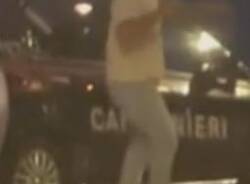
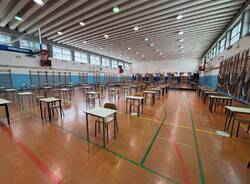

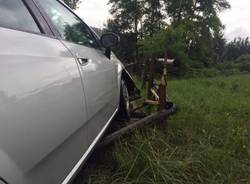

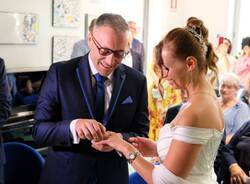

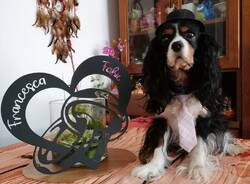
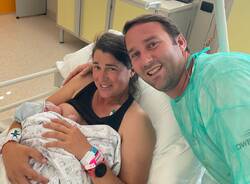



Accedi o registrati per commentare questo articolo.
L'email è richiesta ma non verrà mostrata ai visitatori. Il contenuto di questo commento esprime il pensiero dell'autore e non rappresenta la linea editoriale di VareseNews.it, che rimane autonoma e indipendente. I messaggi inclusi nei commenti non sono testi giornalistici, ma post inviati dai singoli lettori che possono essere automaticamente pubblicati senza filtro preventivo. I commenti che includano uno o più link a siti esterni verranno rimossi in automatico dal sistema.